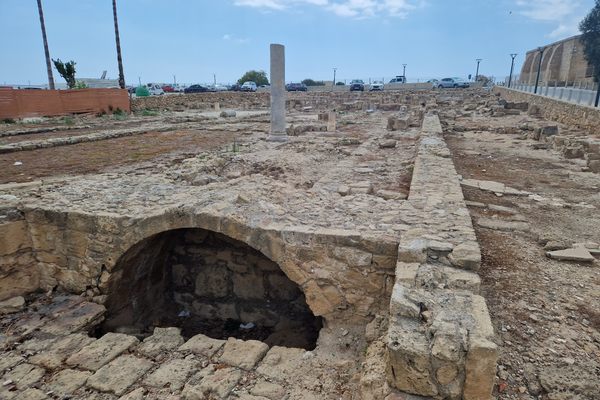About
Risan is an unassuming village lying on the northernmost shore of the Bay of Kotor. New structures built to welcome tourists mix freely with larger blocks built during the Yugoslavia era, but hidden behind and beneath these, there are remains of older, much older settlements. In fact, Risan is the oldest settlement on the Bay of Kotor. As far back as the 4th century B.C., an ancient manuscript called Pseudo-Scylax mentions Rhizon (modern day Risan) when describing a merchant route around the Mediterranean Sea. During the 1st and 2nd centuries, Risan eventually grew to the apogee of its affluence and importance as part of the Ancient Roman Empire.
In the early 20th century, the remains of a noble’s dwelling called Villa Urbana (aka Villa Romana) were accidentally discovered by a team of workers tasked with paving a road. In the year 1930, some cursory excavations were done, but the modest exterior of the Villa Urbana and several layers of debris covering the mosaics convinced the experts that it was not worth continuing. The full extent and importance of this finding was not determined until 1957, when excavations were resumed. After three years of work, five mosaics were placed on display for everyone to see.
In total, there are seven rooms in Villa Urbana and they are demarcated by what is left of the original walls, which is to say nothing more than one foot in height. Of these rooms, only five are open to the public, as the restoration work on the remaining two is yet to be completed. In addition, there is a cell with several columns that belonged to the villa, and jars encrusted with mollusk shells that were rescued from the Bay of Kotor.
Tiles of three colors were deployed in most of the Risan Roman Mosaics. White tiles are made of material commonly found in the area, the black and blue-grey tiles were imported. The mosaics exhibit different patterns, according to what each room was used for. For example, in the war room, the mosaic depicts a number of double-headed axes and a rosetta, which signified power in Ancient Roman times. A similar theme can be found in the reception room, but instead of a rosetta, at the center of the room is the sun, symbolizing the Roman Empire. Befittingly, squid and wine can clearly be recognized in the dining room, while the mosaics in the room designated for resting consist of a black and white checkerboard. However, the masterpiece of these mosaics is in the primary bedroom, where the god of sleep, Hypnos is portrayed reclining on cushions. This is the only image of the Risan Roman Mosaics that deploys tiles of more than three colors.
To date, this is the only mosaic in the world that depicts Hypnos. Adjacent to the room with the portrait of Hypnos is the entrance to an underground chamber whose purpose has puzzled archaeologists for decades.
Related Tags
Community Contributors
Added By
Published
August 22, 2022

















































